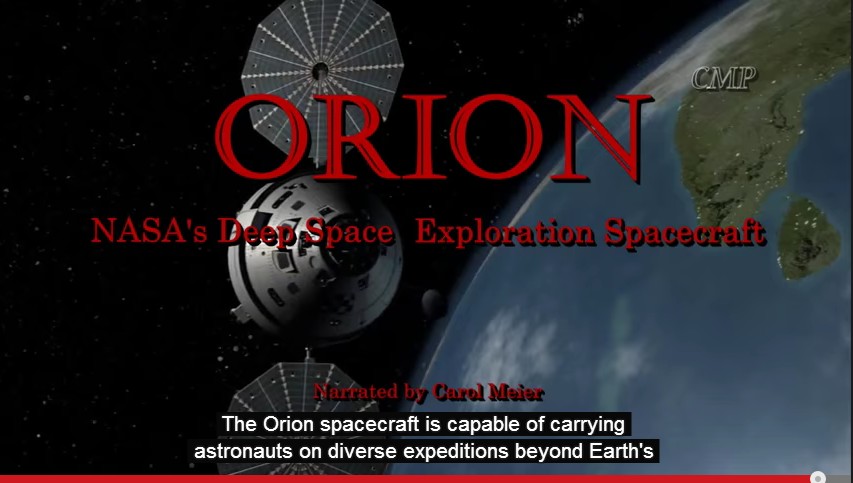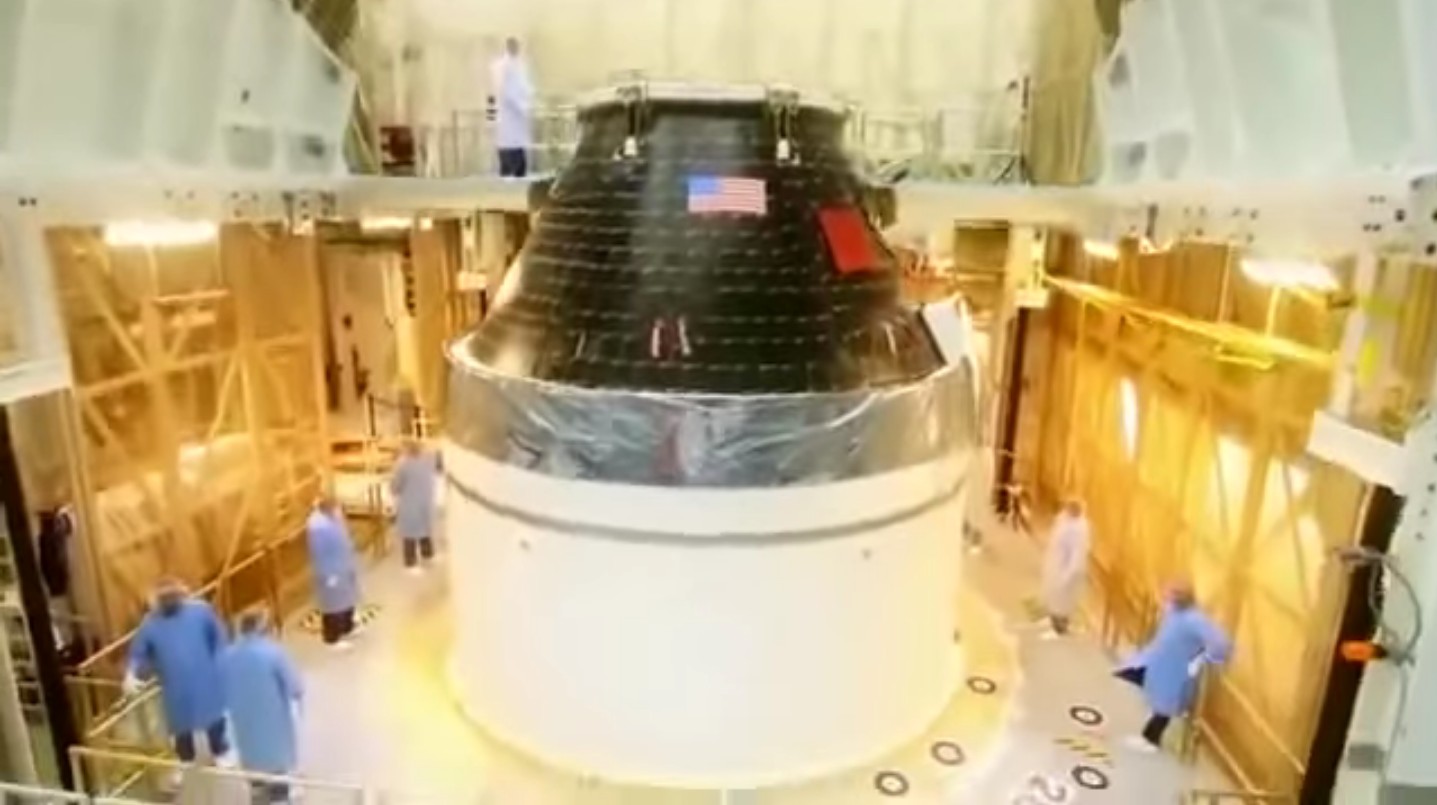 Van
Allen Belts
Van
Allen Belts Van
Allen Belts
Van
Allen Belts|
|
|
| Main Points | SCI Points |
| The Van Allen Belts protect the Earth from radiation coming from space by absorbing inauspicious high energy particles | A Vastu fence protects the building by counteracting inauspicious negative influences |
| The VAB are dangerous to pass through | It is painful to try to walk through the fence without protection |
| Shielding such as lead, or even water, for protection is necessary for astronauts to safely pass through. NASA's new Orion capsule has this. | Shielding and cushioning would be necessary to safely run through the fence |
| Cannot be seen with naked eye, yet with great influence | Visible, yet with more influence than meets the eye |
| Completely surrounds the Earth | Completely surrounds the property |
| Radiation at the north and south poles is less, providing 2 entrances | An eastern gate is advised for best entrance |
| A radiation belt is a layer
of energetic charged particles that is held in place around a magnetized
planet, such as the Earth, by the planet's magnetic field. The Earth has two
such belts and sometimes others may be temporarily created. The main belts
extend from an altitude of about 1,000 to 60,000 kilometers above the
surface of the Earth. https://en.wikipedia.org/wiki/Van_Allen_radiation_belt |
Vastu Fence — Since a
Maharishi Vastu building is designed to be in harmony with the universe the
influence from the building naturally extends into the landscape, providing
greater protection and coherence beyond the front door. A Vastu fence or
wall marks the extension of this influence. Its proportions and measurements
are set according to the ancient formulas in the Vedic literature. http://www.maharishivastu.org/principles-of-maharishi-vastu-architecture |
 Proposal to
Dr. John Hagelin to include discussion of Van Allen
Belts
Proposal to
Dr. John Hagelin to include discussion of Van Allen
Belts
in the next version of the Physics 110 class book
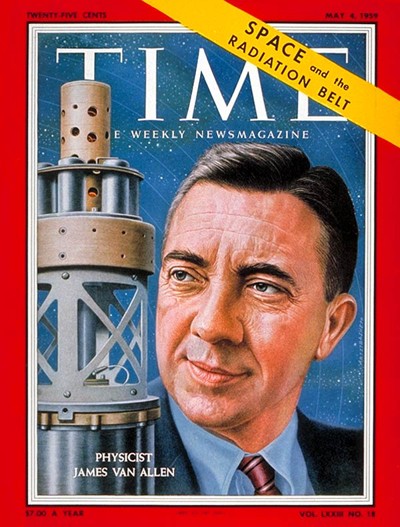
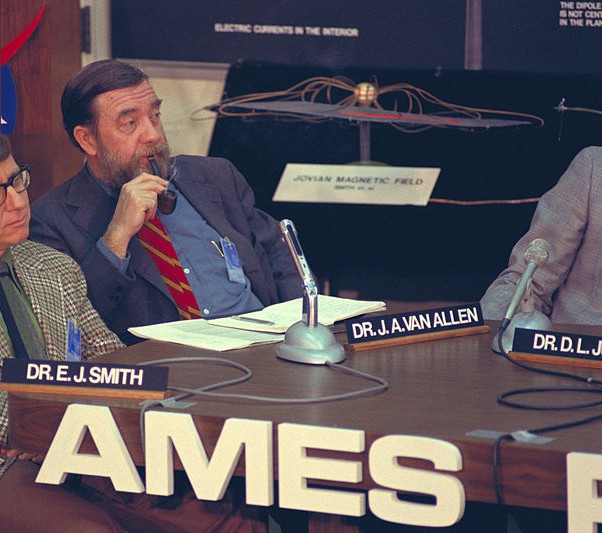

Professor Emeritus, Department of Physics and Astronomy, University of Iowa
Born in Mt. Pleasant, Iowa, graduate of Iowa Wesleyan University, and class valedictorian



Van Allen didn't win his many awards for discovering a belt of harmless
radiation.
The radiation was so strong it stopped his Geiger counters
His experimental equipment was included on Explorer 1, 2 (blew up) and 3
His discovery saved the lives of astronauts who would have tried to go through the Belts.
|
|
Our measurements show that the maximum radiation level as of 1958 is equivalent to between 10 and 100 roentgens per hour, depending on the still-undetermined proportion of protons to electrons. Since a human being exposed for two days to even 10 roentgens would have only an even chance of survival, the radiation belts obviously present an obstacle to space flight. Unless some practical way can be found to shield space-travelers against the effects of the radiation, manned space rockets can best take off through the radiation-free zone over |
the poles. A "space station" must orbit below 400 miles or beyond
30,000 miles from the earth. We are now planning a satellite flight
that will test the efficacy of various methods of shielding. The hazard to space-travelers may not end even when they have passed the terrestrial radiation belts. According to present knowledge the other planets of our solar system may have magnetic fields comparable to the earth's and thus may possess radiation belts of their own. The moon, however, probably has no belt, because its magnetic field appears to be feeble. Lunar probes should give us more definite information on this point before long. |
NASA's new Orion capsule with thick and heavy radiation shielding
NASA Orion mission Engineer Kelly Smith (Iowa State
University) admits the Van
Allen Belts are dangerous



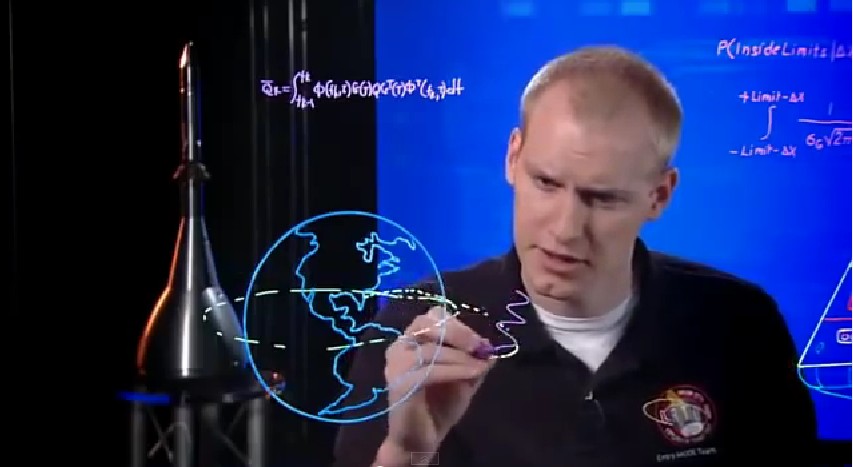
https://www.youtube.com/watch?v=IpXEpJAb8ZY
No astronauts will be aboard Orion, to measure the "extreme radiation"
"deeper into space than we have ever gone before"
"Van Allen Belts - an area of dangerous radiation"
"We must solve these challenges before we send people through this
region of space"
Wait a minute! Didn't NASA already do that in 1969?
